The reinvention of Croatia, from tourism backwater to holiday behemoth
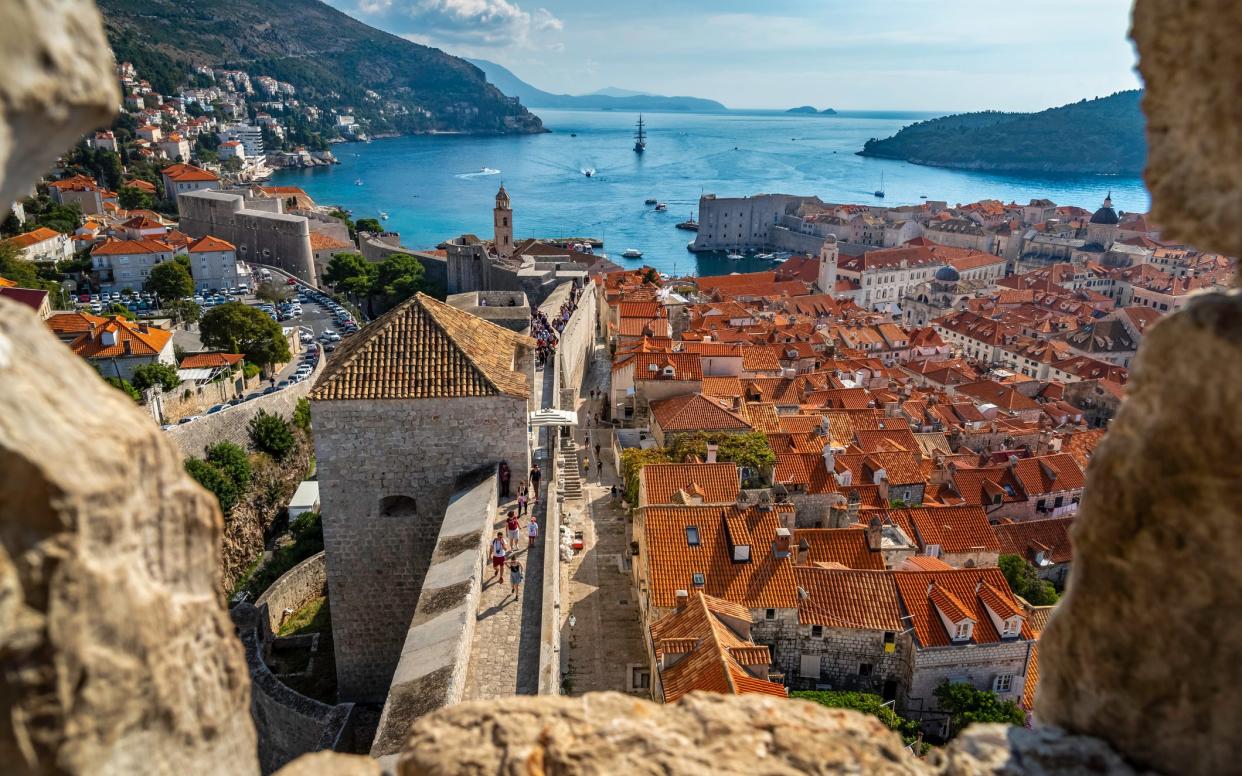
Thirty years ago tomorrow, on January 15 1992, Croatia was internationally recognised as an independent country. But it was not the immediate gateway to sunlit uplands. The Croatian War of Independence continued until November 1995, followed by the long slow process of rebuilding the economy.
When I first visited Split in January 1996, the war had only recently ended. Split's old town, within the Roman walls of Diocletian's Palace, was a hub of life, with smoky bars and small shops, frequented by everyone from students to pensioners, and families who had lived there for generations. No one had much money, but you could buy an espresso for 3kn (30p then) – today you'd pay 12kn (£1.50 at the present exchange rate).
There were no big supermarkets, but the pazar (open-air market) sold seasonal fruit and vegetables grown by local smallholders, and stands at the peškarija (fish market) were piled high with fish and seafood pulled from the Adriatic that same morning. Alcohol and cigarettes were extraordinarily cheap and consumed in large quantities.
Life looked good on the coast, but a train journey up to Zagreb, through rural Lika, revealed deserted villages of roofless burnt-out houses. In a wave of national fervour, flags were everywhere.
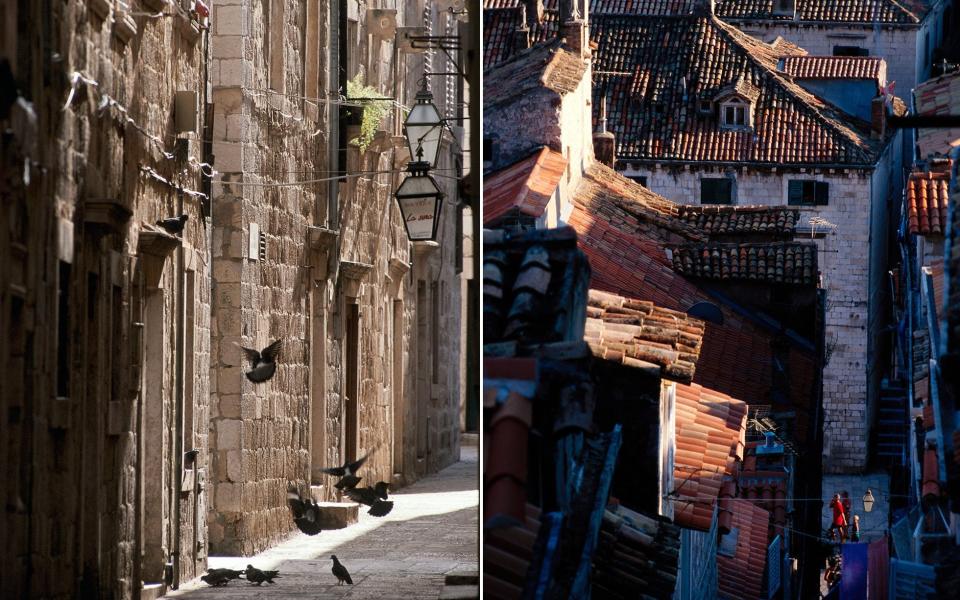
To the outside world, Croatia seemed an unlikely place to holiday. Tourism was almost non-existent. Many hotels on the coast were still being used to house refugees and displaced persons from inland Croatia and Bosnia. The few restaurants that were open catered primarily for humanitarian aid workers and foreign journalists, who feasted on typical Dalmatian dishes at very reasonable prices. Public transport was cheap, plentiful and crowded.
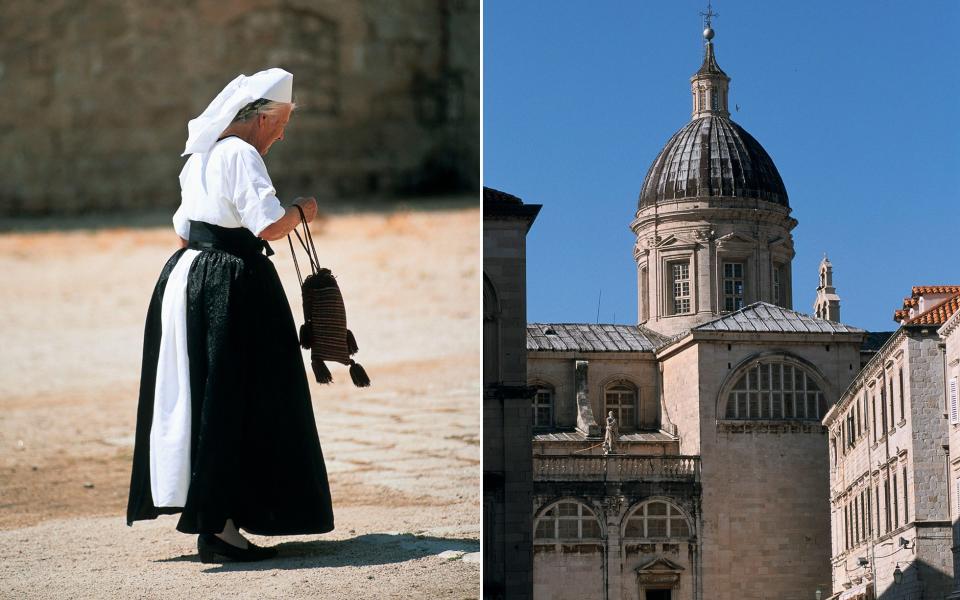
In fact, tourism on the Croatian coast dates way back to the late 1800s, when wealthy Central Europeans began convalescing on the Adriatic, attracted by its balmy climate and salubrious sea air. Tourism expanded rapidly in what was then communist Yugoslavia from the 1960s onwards. Most of Croatia's top destinations were already popular back then, when big modern resort hotels, with lush landscaping and extensive sports facilities, were built in places such as Dubrovnik and Poreč.
In 1990, seaside tourism was booming. It took till 2003 for arrivals and overnight stays to return to numbers recorded in 1990. Now, following a surge in popularity in the last decade, Croatia is once again a desirable destination, and tourism accounts for around 20% of GDP.
So what has brought holidaymakers back to Croatia? First and foremost, its stunning coast and islands, clean sea and unspoilt nature, which it works hard to conserve. These wild landscapes and seascapes make alluring backdrops for adventure sports – sailing, sea-kayaking, scuba diving, cycling and hiking are all big here. And then there are the gorgeous harbour towns, graced with beautifully-preserved centuries-old buildings, a delight for culture buffs. Thankfully development is restricted, though some speculators find exceptions.
Hotels have improved massively. Many old ones have been renovated and some superb new ones built. A fine example is Croatia's first and only member of Design Hotels, Hotel Lone in Rovinj, created by architects 3LHD for Maistra and opened in 2011. The BBC2 series Amazing Hotels: Life Beyond the Lobby recently featured another project by the same firm: Grand Hotel Park Rovinj, which opened in 2019.
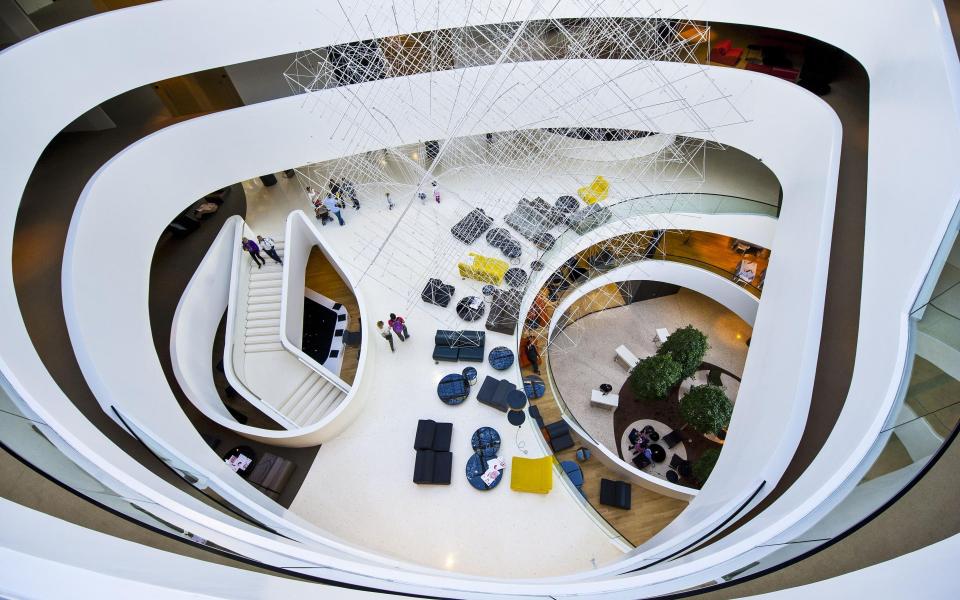
Besides Rovinj, Dubrovnik, Croatia's most glamorous destination, is also noted for chic design. Here Adriatic Luxury Hotels (ALH) have eight properties, most in historic waterside buildings that have been carefully renovated and brought into the 21st century with panache.
Wellness is an important part of tourism, and most luxury hotels have spas, complete with pools and saunas. Some now use Croatian-made products: creams, scrubs and oils created from local ingredients. Last year, the Clinic Spa at Hotel Bellevue on Lošinj, which dubs itself as the "Island of Vitality", was named best hotel spa at the World Spa Awards.
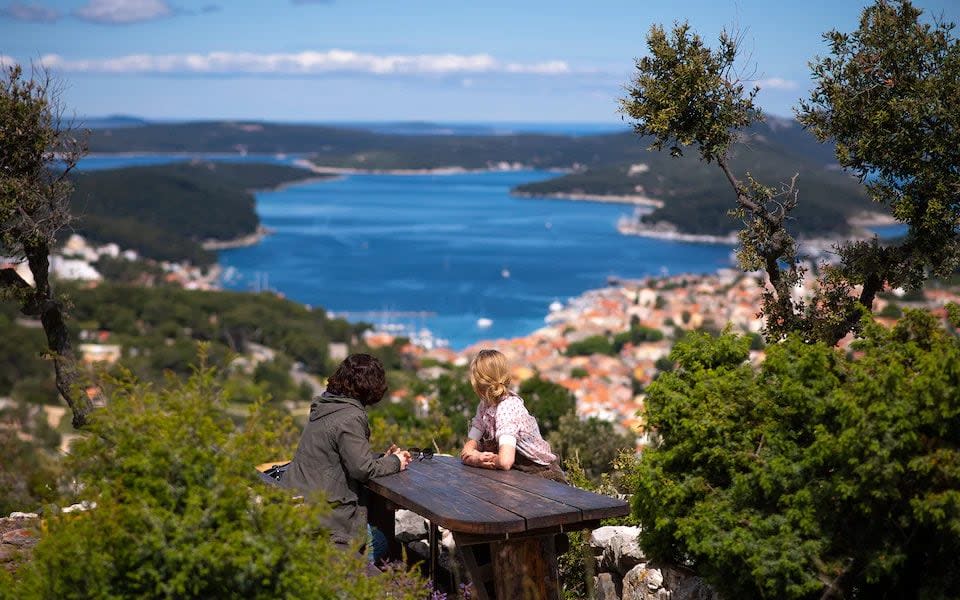
Croatian restaurants have also been through something of a revolution. "In the 1990s, restaurants had long menus offering dozens of dishes, and plates arrived heaped with food. It was quantity over quality", says Karin Mimica of restaurant guide Gastronaut. "Then the Slow Food concept arrived, giving emphasis to local seasonal ingredients. Restaurants became places where people talked about the history of food and its connection to the place and local traditions. Now it's more fine fining, with careful presentation, wine pairing and even olive oil pairing". As of 2021, Croatia has ten Michelin-starred restaurants, six of which are hotel restaurants.
You even have wine hotels now. Look up Meneghetti and Roxanich in Istria, and Korta Katarina in Dalmatia. "In the former regime, the industry was based on big co-operative wineries, which produced huge quantities of wine but very few labels. These wines were certainly not bad, but the industry was not evolved as in France or Italy," says Ivo Cibilić of Korta Katarina. "Since 1992, numerous private winemakers started production with a clear vision of what they wanted, so today we have hundreds of top labels. Tourism brings many wine-lovers to our country, and I believe this is a trigger for an even better future."
Croatia has definitely become more accessible. Each summer it's served by budget airlines from all over Europe, and 2021 saw the first direct flights from the US. Fast new motorways now connect Zagreb to Split (opened 2005) and Rijeka (opened 2008). For visitors to the islands, there are slick speedy catamarans running from May through October. If all goes to schedule, 2022 will see the opening of the long-awaited Pelješac Bridge, so people driving from Split to Dubrovnik will no longer have to pass through Bosnia, with passport controls at Neum.
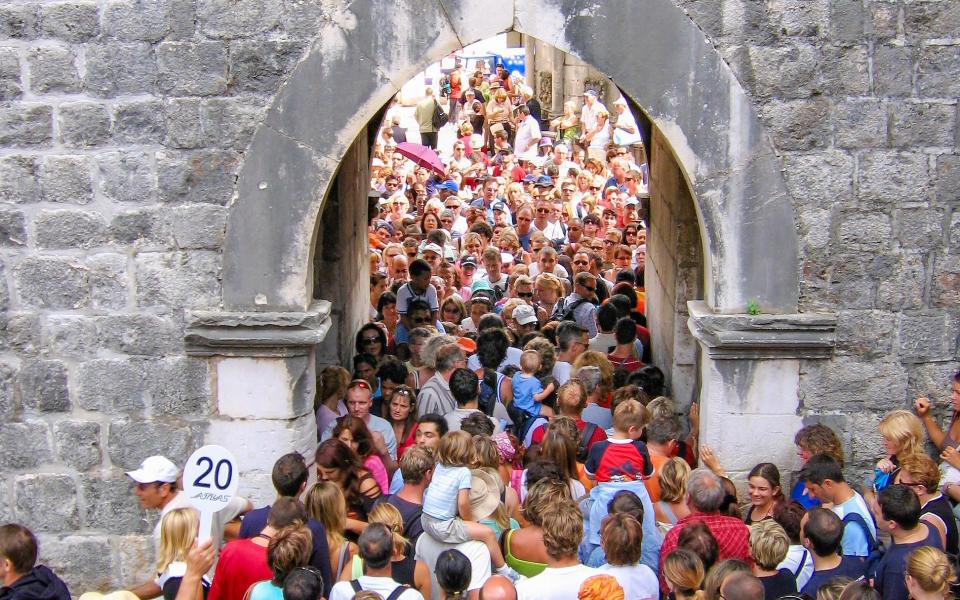
While Croatian tourism is a success story, it does have repercussions for locals. "Even though the overall quality of life has got better, in the most basic terms of wealth, for locals many things are lacking. Dubrovnik's urban development has been limited to destination development," says Petra Marčinko of Srđ je Grad, a campaign group for residents. "We see apartmentisation (Airbnb-style rentals) and gentrification, not only of the old town, but of Dubrovnik as a whole, and the housing crisis means that young people have an increasingly hard time, not only to buy property, but even to rent long-term. In addition, there's a brain drain, primarily because the job market is limited to the tourism sector."
The same is true in Split. In 2011 the old town had around 3,330 inhabitants, whereas now there are only around 1,500. Only about 10% of residential properties within Diocletian's Palace are still lived in all year, 80% of bars and restaurants close in winter, and many locals feel it has become a place just for holidaymakers. Making tourism sustainable and ensuring that it does not impact quality of life for locals is the next big issue.

10 of the best holidays in Croatia for 2022
1. Winter in Rovinj
A superb out-of-season getaway for style-conscious couples at the 248-room Hotel Lone, a member of Design Hotels. The furniture was produced especially for the hotel (by Numen/For Use) as were staff uniforms (I-gle) and artworks. It lies a lovely 15-minute walk along the coast from Rovinj's pretty fishing harbour and Venetian-era old town. While here, make a daytrip into Istria's rural interior, where romantic fortified hilltowns overlook undulating vineyards and the oak forests of the Mirna Valley, famed for truffles. The Winter Time at Lone package runs till March 31 2022, and includes half-board (breakfast and dinner), free use of bikes and discounts at the spa. See maistra.com.

2. Be a digital nomad in Dubrovnik
Overlooking the Adriatic, just outside Dubrovnik's medieval old town, Hotel Excelsior is one of the few hotels in the city to stay open all year – and a 2017 refurb has given it slick contemporary interiors to complement the dreamy sea views. Ideal for digital nomads, the Excelsior offers a special deal for extended stays of 21 days or more. You get complimentary in-room breakfast, work space options, free laundry and parking, and discounts in the hotel restaurants and spa. If you come out-of-season, you'll be able to explore Dubrovnik's gorgeous stone-paved old town and walk the city walls without the crowds. See adriaticluxuryhotels.com. For more inspiration on where to stay, read Telegraph Travel's guide to the best hotels in Dubrovnik.
3. Wellness in Lošinj
Hotel Bellevue's award-winning Clinic Spa is backed by pinewoods and overlooks the turquoise waters of Čikat Bay, Lošinj's original "healing location", with a microclimate loved by wealthy Viennese in the late 1800s. The spa offers a huge range of health and beauty treatments, and has a heated indoor seawater pool and jacuzzi, while the Spa Garden has an outdoor seawater pool and does open-air massage. While here you might join a High Vitality Cooking Class to learn about local organic ingredients and wine pairing. Early bookings (made by Feb 28) get generous discounts. See losinj-hotels.com.
4. Family fun in Rabac
In Rabac, on Istria's east coast, Valamar Girandelo Maro Suites is Croatia's only member of Kinder Hotels. Designed specifically for families, the 149 spacious suites each have a balcony and are supplied with all the little extras you might need for babies or small children. The Aqua Maro pool complex has an indoor-outdoor pool and does swimming lessons, there's a kid-friendly beach, a playroom, playground and kid's club. Professional child-care and babysitting are available, and the restaurant has a special children's buffet. See valamar.com.
5. Escape the crowds
North Dalmatia doesn't attract the crowds of the south, but is no less enticing. Boutique operator Secret Dalmatia will help you discover its secrets, with a customised tour to suit your interests. You might stay at Villa Nai (renowned for its superb eco-design and award-winning olive oil) on Dugi Otok, and take a private guided boat tour around the island, to visit blissful beaches, plummeting cliffs, sea caves, a salt lake and submarine shelters. You could have a day hiking in the Velebit mountains with a local herbalist, take a helicopter trip to see the lakes and waterfalls of Plitvice National Park, or go truffle hunting in Istria. See secretdalmatia.com
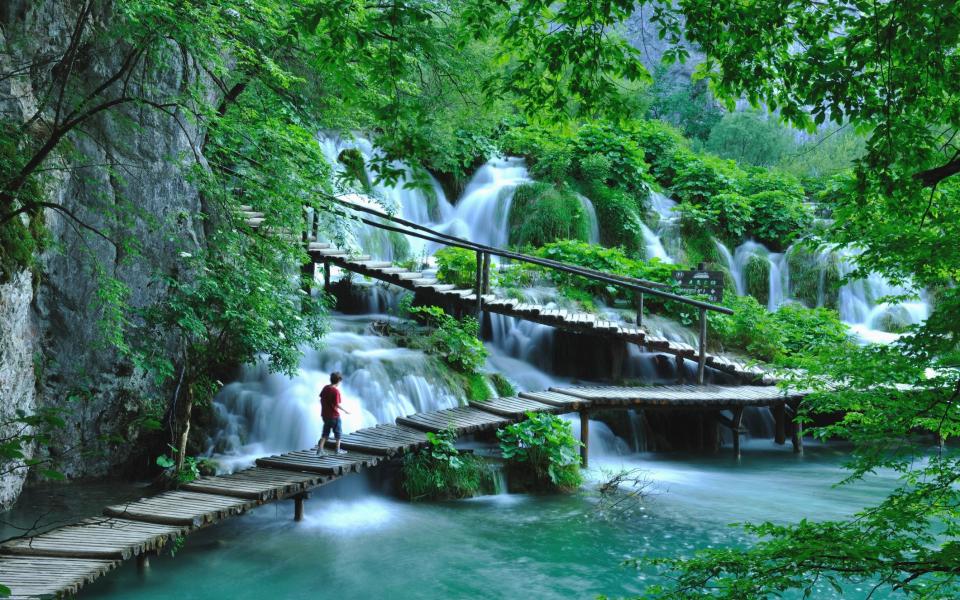
6. Wine and cycling in Istria
This five-day tour with Cycling Croatia begins in Poreč, home to the magnificent Unesco-listed St Eufrasius Basilica, adorned with golden mosaics. From here you'll pedal to a host of foodie destinations, to taste musky truffles, fresh oysters, wild asparagus, Istrian pršut (similar to Italian prosciutto), biška (a potent spirit flavoured with mistletoe), and local wines and olive oils. The route concludes in Pula, with its impressive Roman amphitheatre. Cycling Croatia tours are brilliantly organized with well-maintained bikes and a support van. See cyclingcroatia.com.
7. Hiking in North Dalmatia
This five-day tour arranged through Responsible Travel sees you based at a hotel in Šibenik, with its Unesco-listed cathedral and hillside fortresses. From here you'll visit Krka National Park, to explore a deep gorge with a series of spectacular waterfalls and dense oak woods, and Paklenica National Park, home to two rocky canyons where you might spot golden eagles and peregrine falcons. You'll also hike through the meadows and rocky karst terrain of Mount Dinara Nature Park. Here, from Croatia's highest peak, Sinjal (1,831m/6,007ft), you'll get stunning views west towards the Adriatic and east into the mountains of Bosnia-Herzegovina. See responsibletravel.com.
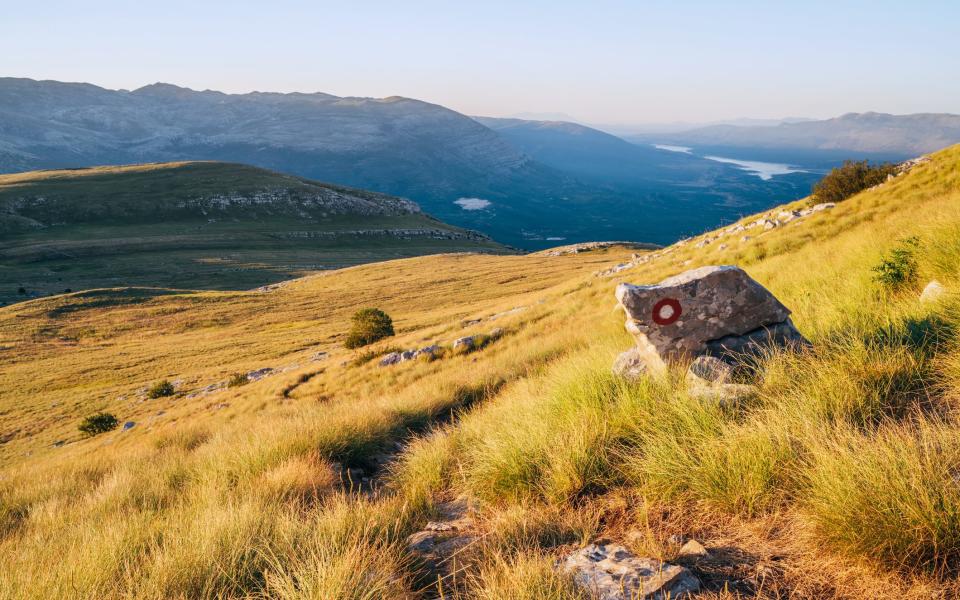
8. A gastronomic gulet cruise
If you're looking for a serious cultural holiday with fine food along the way, this tour by Peter Sommer is ideal. You'll travel from Split to Dubrovnik aboard a traditional wooden gulet, with two Croatian archaeologists as guides, who'll explain how Venice, Austro-Hungary and the Ottoman Turks influenced Dalmatian culture and cuisine. Along the way you'll learn about olive oil production on Brač, sample white wines on Korčula and reds on Pelješac, and savour fresh oysters and mussels in Ston. There's a cookery class, superb suppers at rustic konobe (taverns), plus time for cultural sighteseeing and swimming in the turquoise Adriatic. See petersommer.com.
9. Sea-kayaking adventure
This one-week tailored tour with Korčula Outdoor sees you paddle south from the island of Korčula, past the dramatic mountains of Pelješac peninsula and the scattered rocky Elafiti islets, to Dubrovnik. You'll paddle below Pelješac's steep seaside vineyards, with stops for wine tasting and swimming. On the Elafiti, you'll explore Šipan by bike and Lopud on foot. Overnight you'll camp on Peljašac, and have private accommodation on Elafiti – expect authentic Dalmatian home-cooking and stories about local history and traditions from your guide. You'll need some kayaking experience and at least medium fitness for this tour. See korcula-outdoor.com.
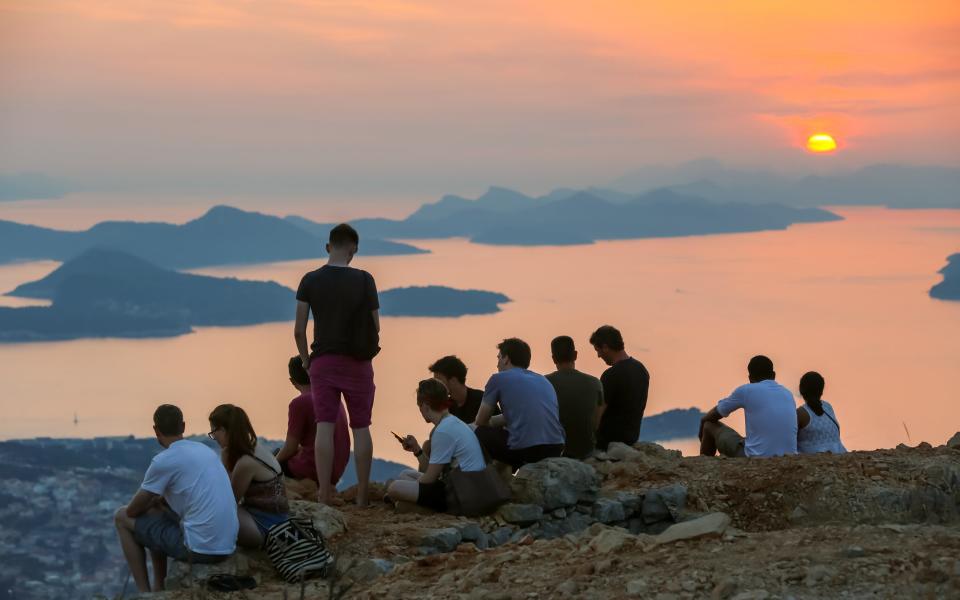
10. Sail on the world's largest tall ship
Built at BrodoSplit shipyard in Split, Golden Horizon, the world’s largest tall ship, will start cruising the Mediterranean this spring. Her design was based on France II, a legendary square-rigged ship built in 1913. Intended to be sustainable, wherever possible she'll be powered by favourable winds and sea currents, rather than fuel. Her 140 cabins, hosting 272 guests, all have sea views. The ten-night Croatia Highlights Tour departs and ends in Split, making a round-trip to visit Rovinj, Mali Lošinj, Kornati National Park, Dubrovnik, Mljet, Vis and Brač. Besides lovely ports of call, aboard you'll be treated to fine dining, an impressive spa and three pools. See tradewindvoyages.com.


